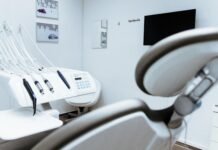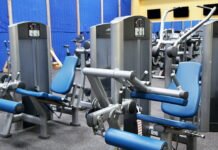Last Updated on March 12, 2024 by admin
Prosthetics started its journey back in the middle ages. Then the build was heavy, clumsy and clunky. The ergonomics were not as well sorted, hence it was a pain to carry them around. Over the years the developments in the allied disciplines shaped modern-day prostheses. The rapid progress in the field is fueled by the human thirst for exploration.
Back in the medieval ages, prostheses were in short supply. Only a handful of blacksmiths could manufacture them. And the material used was hard to find as well. As a result, they were extremely expensive and limited to the upper class of society. Modern prostheses are relatively more accessible and the ergonomics favour an empowering experience. Thanks to the emergence of bionics they can act in accordance with the user’s will. The materials and adept craftsmen are available throughout the planet as well. Hence, the bionic arm price today is significantly less.
In spite of having access to all these modern benedictions, the implementation of bionic prostheses is limited to a very small area. This article will discuss the reasons why the implementation of bionic prostheses are limited.
Table of Contents
Bionic arms are not for everyone
Bionic prostheses are controlled by a powerful microcomputer situated onboard the device. This computer controls the hardware and feeds them commands. The computer generates commands by translating EMG signals generated by the residual muscles of the wielder. This EMG signal is captured by EMG sensors placed on the skin in a non-invasive manner. Hence, amputees not having the relevant muscle residues are not eligible for receiving a bionic enhancement. Amputations are extreme measures performed in order to save a life. Mostly they are candid procedures and fail to preserve the relevant muscles.
Presence of neuropathologies
Wielding a bionic prosthesis requires a fairly long training and incubation period. This time is important because during this period the user learns more about the new enhancement. And the manufacturer helps in calibrating the device. In a scenario where the amputee is suffering from a progressive neurological condition, the implementation of bionic prostheses is next to impossible. Because of the repeated recalibration requirements.
Lack of awareness and motivation
In our country, most amputees are unaware of the existence of bionic prostheses. The knowledge of such superior devices is still out of reach for many. Spreading awareness is essential if a positive shift towards a better future is expected. Guiding and helping amputees to choose the right enhancement is also a noble act to undertake.
This severe lack of awareness convinces an amputee that the usual way of life for that person is at an end. Repeated isolation and forced seclusion rob all the motivation one possesses. Depression kicks in and often the condition is so severe that an amputee loses all hopes of returning to a normal life. Severe frustrations and trauma accompany this depression most of the time. Thankfully, just by shedding a ray of knowledge, these people can be saved from certain doom.
Apart from this, if you want to know about The Top Five Focus Areas in Rewards and Recognition in 2021 then please visit our Health category






















